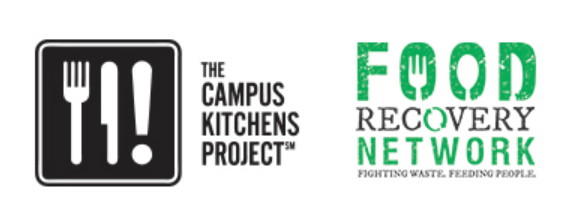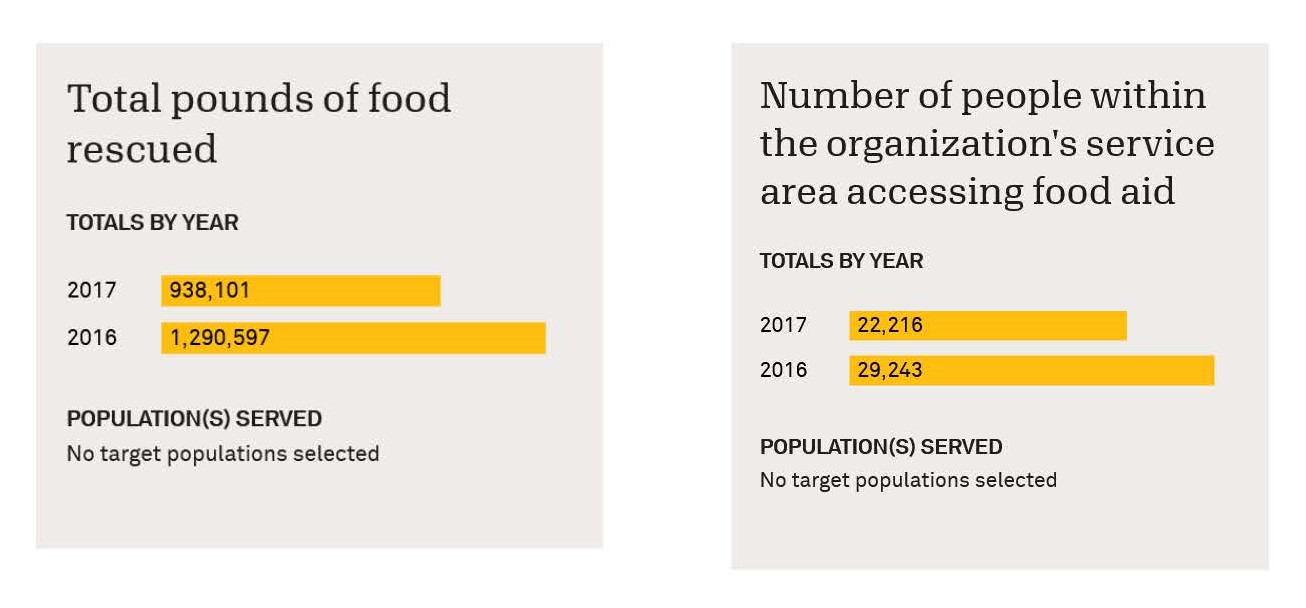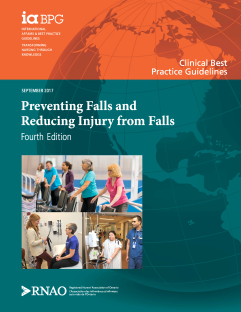Case study #1 - Scaling up - The Campus Kitchens Project


The Campus Kitchens Project (CKP) is an example of a successful scaled-up change initiative. Founded in 2001 as a branch of a community kitchen initiative from Washington, D.C that targeted food insecurity, this non-profit is the first and largest student-led social movement taking on the crisis of food waste and hunger in the USA (Larson et al., 2017). Over 30,000 students in 63 universities, colleges and high schools are recovering and repurposing unwanted or surplus food to provide meals to individuals who suffer from food insecurity.
Working in leadership teams, student leaders and volunteers on campuses receive education, training and coaching from CKP over several months. This includes: learning about food insecurity; improving social and nutritional health by increasing food knowledge and developing cooking skills; and empowering individuals, families and communities. The CKP also establishes a community partnership with existing local organizations that are providing services and food to individuals already challenged with food insecurity, such as senior housing facilities, youth outreach groups, and churches. These teams also partner with dining services that operate large foodservice kitchens and dining halls and engage student groups and faculty advisors.
While some student teams focus on improving the way that homeless shelters prepare and deliver meals, other teams may host communal dinners, partner with senior centers, or improve transportation to improve access to food.
“Instead of more branch offices or trying to provide all the services in-house, we find universities and students to partner with who already have the necessary resources on campus and want to do this kind of community impact work. Turning our nation’s institutions of higher education into hubs for replication and ongoing innovation could be the superhighway to scaling up for any nonprofit.” - Laura Toscano, Director, The Campus Kitchens Project
Case study #2 - Scaling up, scaling out and scaling deep - Expanding the falls prevention in the older adult initiative


RNAO’s Best Practice Spotlight Organization® (BPSO®) program was scaled up, scaled out and scaled deep nationally when RNAO and the Canadian Patient Safety Institute (CPSI) entered into a formal partnership on a pan-Canadian falls prevention initiative campaign in 2007, with a focus on long-term care (LTC) (McConnell et al., 2018). The work was informed by the first and second editions of RNAO’s best practice guideline (BPG) Prevention of Falls and Fall Injuries in the Older Adult and CPSI’s program Safer Healthcare Now! on falls prevention as a critical patient safety issue Reducing Falls and Injuries from Falls. This collaboration involved the implementation of best practices, capacity building at the micro and meso levels with individuals and organizations, and engagement with national partners.
The National Collaborative on Falls Prevention in Long-Term Care (referred to as the collaborative hereafter) began in 2008-2009 and included staff from 32 LTC homes and an interprofessional expert panel. The goal of the collaborative was to 1) reduce the rate of falls in older adults by educating and training staff and patients about fall prevention; 2) develop a forum for improvement teams; and 3) participate in a methodology on quality improvement initiatives using the Model for Improvement (Langley et al., 2009). The collaboration was highly successful as demonstrated by process indicators that showed decreased rates of falls in the LTC homes following implementation. However, it was determined that if the fall prevention initiative was to be scaled out and deep to embed and sustain practice changes, more time and support were needed.
In 2010-2011, the collaborative expanded to a national campaign where the program was delivered virtually to over 47 organizations from diverse health sectors (e.g., LTC, acute care, rehabilitation, mental health) using web-based technology. This not only enabled greater access to the program with impressive outcomes, but it demonstrated that technology could be used as a tool to scale the program up and out. This was followed up with a fall prevention learning series in 2011- 2012 to strengthen the uptake and sustainability of best practices. The program integrated implementation science, change theory and quality improvement methodology. As with the other collaboration components, the outcomes of the learning series demonstrated improvements in practice changes and reductions in falls causing injury, and organizational policies to support and sustain the change. The continued use of evaluation to determine outcomes and impact as part of quality improvement and using ongoing audit and feedback demonstrated a change that was scaled deep.
Throughout this collaboration, principles of social movement were embedded. The collaboration was centered on the shared concern of fall prevention as credible and important, and one that was an urgently needed area for change. Momentum was used to support the continued engagement of fall prevention champions across sectors. Networks were used to share resources and expand collaborations across communities.

Tell us how you and your change team have scaled your change up, out, or deep at #LeadingChangeToolkit
